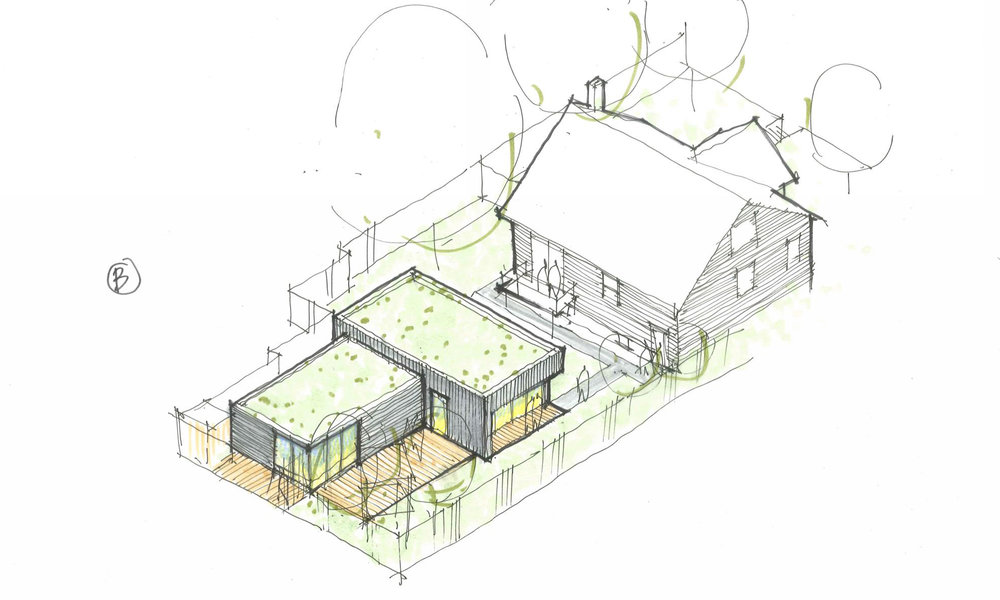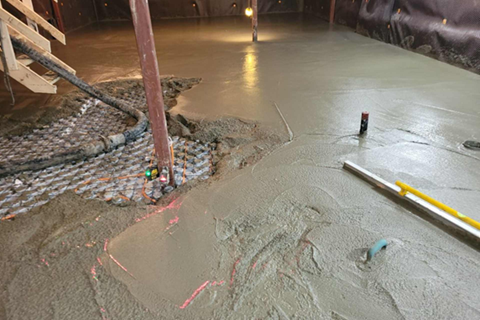The financial benefits of using pre-vetted designs for your accessory dwelling unit can be substantial. Pre-approved ADU floor plans offer a streamlined path through the often costly and time-consuming permitting process that traditional custom designs must navigate. These ready-to-build designs have already received preliminary approval from local building departments, allowing you to bypass significant portions of the review process and potentially save thousands in design and permitting costs.
Hard cost savings in real numbers
Pre-approved plans deliver quantifiable financial benefits that directly reduce your project expenses. The most immediate savings come from design costs—while custom architectural services typically range from $8,000-$20,000 for ADU projects, pre-approved plans generally cost $1,500-$4,000, representing a direct savings of $6,500-$16,000 before construction even begins. The permit fee reductions can be equally substantial. Many municipalities offer discounted permit fees for pre-approved designs, with savings ranging from $2,000 to $5,000 in major markets. Los Angeles County, for example, reduces plan check fees by approximately 75% for pre-approved ADU designs. At the same time, San Jose offers flat-rate permitting for approved plans at roughly half the cost of custom design reviews. Engineering expenses represent another area of significant savings. Structural calculations, Title 24 energy compliance documentation, and other technical requirements typically cost $3,000-$7,000 for custom designs. Pre-approved plans include these components, eliminating these expenses and providing documentation that’s already verified to meet current building codes.
Time value translates to dollar savings
The accelerated timeline of pre-approved plans creates substantial financial benefits:
- Construction loan interest savings: $2,000-$6,000 (based on a typical 3-month faster approval)
- Inflation protection on materials: $3,000-$8,000 (at current escalation rates)
- Contractor availability advantages: 5-10% potential bid reduction
- Earlier rental income generation: $6,000-$10,000 (based on average ADU rental rates)
- Reduced temporary housing costs if building for personal use
These time-related savings often Pre-approved ADU floor plans exceed the direct cost reductions of pre-approved plans. In high-demand construction markets, the ability to secure contractor commitments sooner can result in more competitive pricing, as builders value the predictability and reduced risk of working with plans that have already cleared regulatory hurdles. The timeline advantage extends to financing costs as well. By reducing the permit timeline by 2-4 months, pre-approved plans can save $2,000-$6,000 in interest payments for a typical ADU project before converting to long-term financing.
Reduced revision expenses
The plan revision cycle is one of the most unpredictable and potentially costly aspects of custom ADU projects. Building departments frequently require multiple corrections during plan review, with each revision adding design fees and delaying your project. Depending on the required changes, these revision costs typically range from $1,500 to $5,000 for custom projects. Pre-approved plans eliminate most or all of these revision expenses. The designs have undergone rigorous review to ensure compliance with current building codes, accessibility requirements, energy efficiency standards, and zoning regulations. This pre-verification means you won’t face surprise requirements for expensive redesigns or additional engineering after submission. The savings Pre-approved ADU floor plans extend to construction-phase changes as well. Custom designs sometimes contain unresolved details that require clarification during building, potentially leading to change orders and additional costs. Pre-approved plans typically include comprehensive construction documentation, reducing mid-project modifications and their associated expenses.
The standardisation of pre-approved plans also increases contractor familiarity over time. As builders complete multiple projects using the same plans, they develop efficiency strategies that often translate to more competitive pricing on future projects. This market efficiency eventually benefits property owners through reduced construction bids for familiar pre-approved designs.





